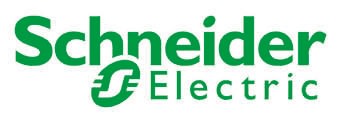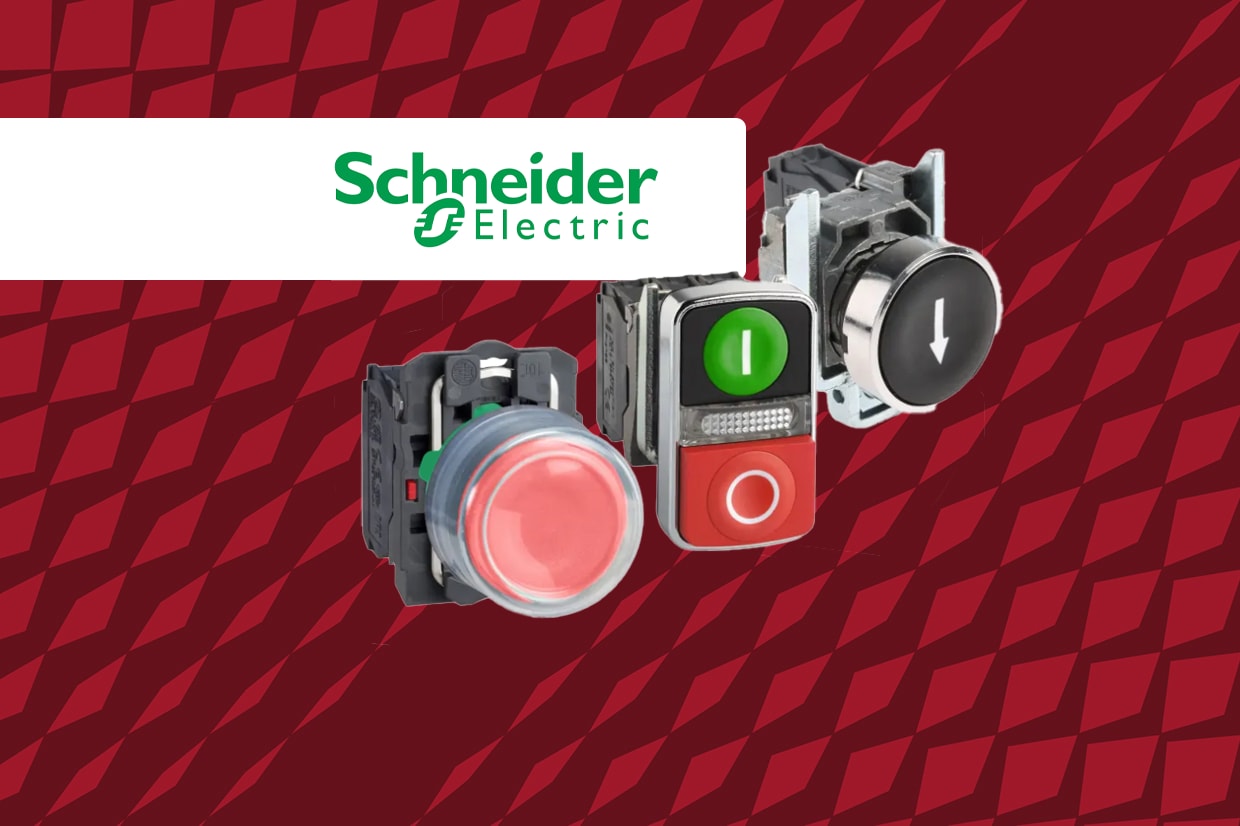Better World
Schneider Electric TeSys D LC1D Contactor, 110 V ac Coil, 4-Pole, 60 A, 2NO + 2NC, 690 V ac
- RS Stock No.:
- 813-9367
- Mfr. Part No.:
- LC1D40008G6
- Brand:
- Schneider Electric

Subtotal (1 unit)*
£256.92
(exc. VAT)
£308.30
(inc. VAT)
FREE delivery for orders over £50.00
In Stock
- 9 unit(s) ready to ship
Need more? Click ‘Check delivery dates’ to find extra stock and lead times.
Units | Per unit |
|---|---|
| 1 + | £256.92 |
*price indicative
Better World
Our Better World range features products that make it easy for you to make a greener product choice you can trust. Click here to find out more.
- RS Stock No.:
- 813-9367
- Mfr. Part No.:
- LC1D40008G6
- Brand:
- Schneider Electric
Specifications
Technical Reference
Legislation and Compliance
Product Details
Find similar products by selecting one or more attributes.
Select all | Attribute | Value |
|---|---|---|
| Brand | Schneider Electric | |
| Coil Voltage | 110 V ac | |
| Number of Poles | 4 | |
| Contact Voltage Rating | 690 V ac | |
| Contact Current Rating | 60 A | |
| Range | TeSys D | |
| Series | LC1D | |
| Normal State Configuration | 2NO + 2NC | |
| Terminal Type | Screw | |
| Length | 127mm | |
| Width | 85mm | |
| Depth | 125mm | |
| Better World Verification | Green Premium | |
| Better World Product | Yes | |
| Minimum Operating Temperature | -5°C | |
| Maximum Operating Temperature | +60°C | |
| Select all | ||
|---|---|---|
Brand Schneider Electric | ||
Coil Voltage 110 V ac | ||
Number of Poles 4 | ||
Contact Voltage Rating 690 V ac | ||
Contact Current Rating 60 A | ||
Range TeSys D | ||
Series LC1D | ||
Normal State Configuration 2NO + 2NC | ||
Terminal Type Screw | ||
Length 127mm | ||
Width 85mm | ||
Depth 125mm | ||
Better World Verification Green Premium | ||
Better World Product Yes | ||
Minimum Operating Temperature -5°C | ||
Maximum Operating Temperature +60°C | ||
RoHS Status: Exempt
Schneider Electric TeSys LCD1 Contactors
TeSys D Contactors from Schneider Electric combine long mechanical and electrical life to offer a high reliable contactor. The range has been designed for integration in control systems and can be used to create motor starters for any type of application. The TeSys LCD1 contactors offer quick simple setup while maintaining compliance with international standards.
Features and Benefits
• Typically, applications include resistive loads and motor control
• Highly reliable
• Excellent quality
• High resistance to shock and vibration
• 4 pole contactors
• Screw connections: IP20 finger-safe terminals with both North American and International terminal markings
• Can be panel mounted with screws or DIN Rail mounted
• Easily installed accessories
• Flexible control circuit to suit a wide range of applications
• Highly reliable
• Excellent quality
• High resistance to shock and vibration
• 4 pole contactors
• Screw connections: IP20 finger-safe terminals with both North American and International terminal markings
• Can be panel mounted with screws or DIN Rail mounted
• Easily installed accessories
• Flexible control circuit to suit a wide range of applications
What does the utilisation category AC1 and AC3 mean for the TeSys contactors?
Contactor utilisation categories define the current making and breaking values, based on the type of load to be controlled and the operating cycle conditions.
AC-1: This applies to all AC devices with a power factor of at least 0.95. Example of use: resistive load, heating, distribution.
AC-3: This applies to squirrel cage motors where breaking occurs while the motor is running. Example of use: all squirrel cage motors, lifts, escalators, conveyors, bucket elevators, compressors, pumps, mixers, air conditioning units.
AC-1: This applies to all AC devices with a power factor of at least 0.95. Example of use: resistive load, heating, distribution.
AC-3: This applies to squirrel cage motors where breaking occurs while the motor is running. Example of use: all squirrel cage motors, lifts, escalators, conveyors, bucket elevators, compressors, pumps, mixers, air conditioning units.
What accessories are available?
• Auxiliary contact blocks with serrated wiping action
• Front mount dust tight auxiliary contact blocks
• Pneumatic time delay blocks
• Transient voltage surge suppressors
• Interface modules and electronic timers
• Mechanical latching blocks
• Front mount dust tight auxiliary contact blocks
• Pneumatic time delay blocks
• Transient voltage surge suppressors
• Interface modules and electronic timers
• Mechanical latching blocks
Is the TeSys D range a double break pole type contactor?
Yes, the TeSys D range uses linear translation movement that provides double breaking of the poles.
Approvals
UL and CSA
Schneider Electric LC1D40008G6
TeSys Deca contactors have been designed for perfect integration into control systems. They can be used to create motor starters for almost any type of application. TeSys Deca contactors are available in 13 contactor ratings for inductive motor applications up to 150 full-load amps and resistive loads up to 200 amps. This 4 pole IEC contactor can be mounted on DIN rail or mounted directly to a panel. Contactor has two normally open and two normally closed power contacts. Power contacts have a 60A resistive load rating. Contactor is supplied with a 120 VAC 60 Hz coil. Screw clamp terminals are used for load and auxiliary connections. An extensive line of accessories makes it easy to meet the requirements of most applications. The contactor is 5.00 inches tall, 3.35 inches wide and 4.92 inches deep. It weighs 3.17 lbs. Contactor is certified to UL, CSA, IEC, CCC, EAC and Marine standards. Contactor also meets the requirements of RoHS/REACh making it a Green Premium product.



